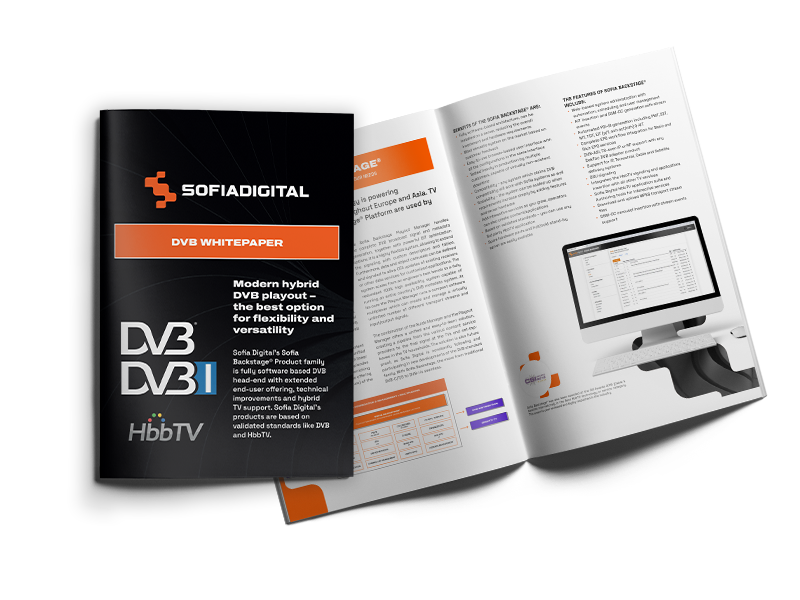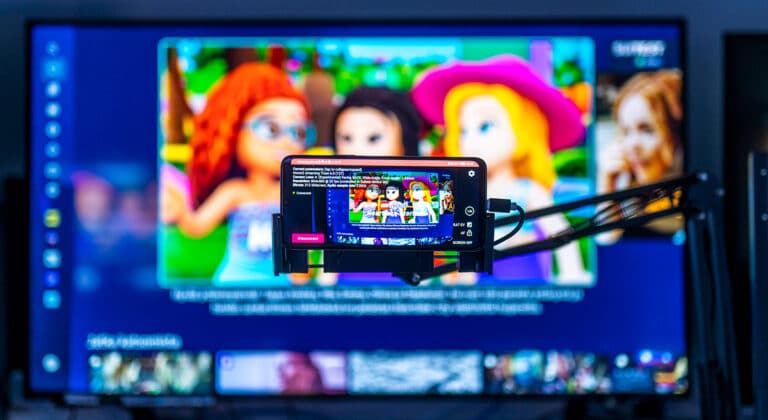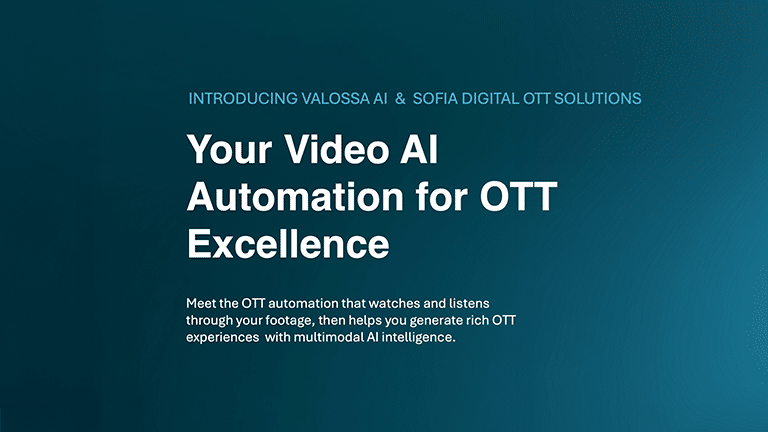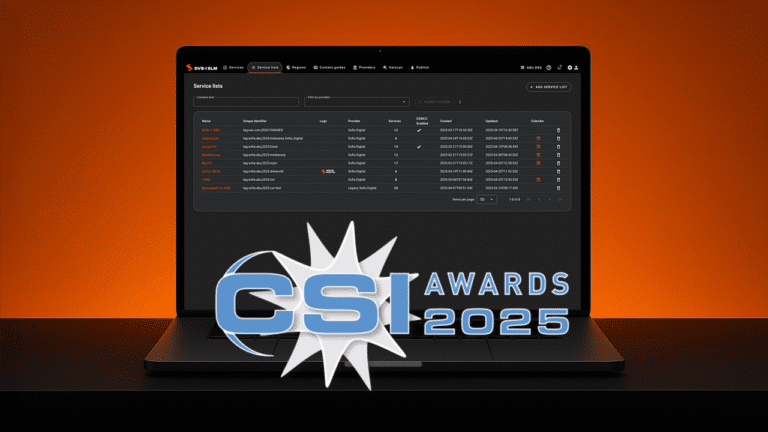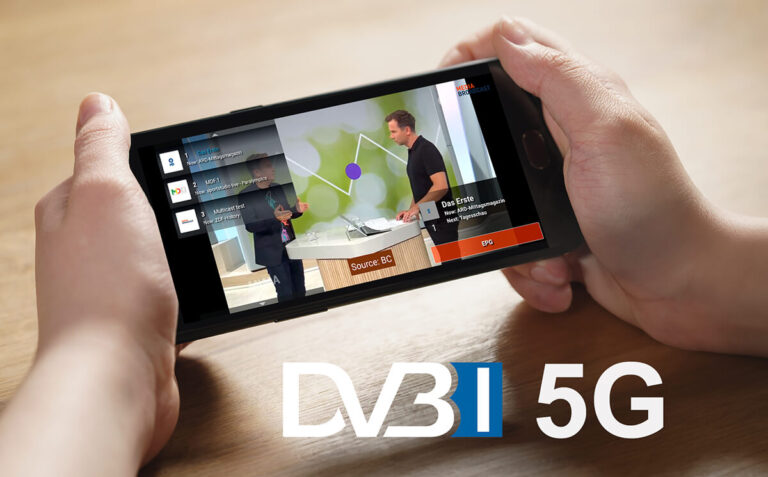This post explores DVB-I and its solution-based role in the future of television. If you’re new to the concept, our “What is DVB-I” article will help you.
The world of television is transforming. No longer confined to traditional broadcast methods, viewers now demand access to content on a multitude of devices, from Smart TVs and smartphones to tablets and laptops. This shift brings new challenges and opportunities and DVB-I, the latest standard from the DVB Project, emerges as a robust and forward-thinking solution. This blog post explores DVB-I’s solution-based approach, highlighting how it tackles key issues and paves the way for a seamless and engaging television experience across all platforms.
Tackling Discoverability: The Power of the Service List Registry
In a landscape saturated with content, finding desired programs becomes increasingly difficult. DVB-I addresses this through the Service List Registry (SLR), a centralized directory that simplifies service discovery. Users can query the SLR using criteria like country, language or delivery method, receiving a curated list of available services. This streamlines the process, particularly for regional programming and niche offerings, ensuring viewers readily find the content they seek.
The SLR also supports a hybrid approach, enabling a flexible combination of broadcast and broadband distribution. This allows content providers to initially offer services via OTT, then dynamically add broadcast distribution as reach and costs fluctuate. This adaptability ensures efficient content delivery, optimizing costs and resources while catering to a wider audience.
Ensuring Seamless Customer Journey Across Devices
A fragmented user experience across devices hinders viewer engagement. DVB-I prioritizes a consistent and intuitive customer journey. This involves:
Appealing User Interface: DVB-I reminds about the need for a consistent user interface design across devices. This involves clear navigation, intuitive layouts, and easy access to familiar features, fostering a positive and engaging user experience.
Optimized User Experience: Beyond visual appeal, DVB-I focuses on optimizing the overall user experience. This encompasses factors like smooth playback, seamless access to metadata, minimal buffering, and responsive interactions, ensuring a frustration-free viewing experience across diverse devices.
Consistent Branding: DVB-I supports consistent brand experience across devices. This includes maintaining a unified visual identity, tone of voice, and service presentation, fostering brand recognition and reinforcing user trust across all platforms.
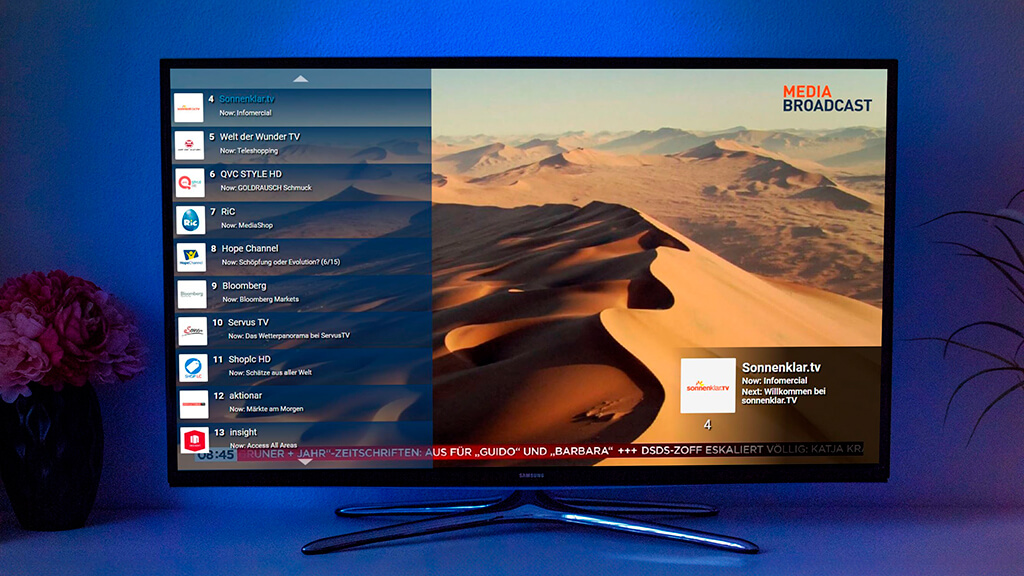
Robust Technical Implementation: Foundations of Reliability
DVB-I achieves its goals through a well-defined and robust technical specification. The standard outlines the components, interfaces, and protocols that govern service discovery, program metadata retrieval, and content delivery.
Components & Interfaces: DVB-I defines various components, including Service List Servers, Content Guide Servers and Stream Servers, each with clearly specified roles and interfaces. These well-defined interactions ensure interoperability and consistent functionality across diverse DVB-I implementations.
Service List & Metadata: The Service List acts as a repository of available services, containing information like service names, provider names, delivery methods, and associated applications. Content Guide Servers complement this by providing detailed program metadata, including schedules, synopses, images and genre classifications, enriching the user experience with valuable information.
Metadata Security: DVB-I mandates the use of HTTPS everywhere. Transport Layer Security encrypts communication between clients and servers. This ensures secure communication throughout the signaling, streaming and broadcasting chains.
DVB-I encourages national and regional organizations compiling the service lists, ensuring accuracy and preventing fraudulent entries through prominence signaling and metadata validation.
Content security: DVB-I acknowledges the need to protect content from unauthorized access and distribution. The standard supports common security practices for content via industry standard DRM solutions.
Embracing Innovation: Advanced Features and Extensibility
DVB-I doesn’t just address current challenges; it actively anticipates future needs, incorporating advanced features and extensibility mechanisms.
Content access: The startover and catchup features allows viewers to watch a program from the beginning even if it’s already in progress. This caters to the on-demand viewing habits of modern audiences, enhancing user convenience and satisfaction. Asset Metadata can act as a recommendation engine utilizing existing sources enhanced by server-side AI technology.
Application Linking: DVB-I supports linking applications to services, providing an interactive and value-added experience. This enables features like “red button” applications, personalized content libraries, and interactive program guides, extending the functionality of DVB-I beyond traditional linear broadcasting.
Futureproofing Through Extensibility: Recognizing the evolving nature of technology, DVB-I incorporates extensibility mechanisms. This allows the standard to adapt to future developments, incorporating new features, delivery methods, and content formats without requiring major overhauls, ensuring its long-term relevance and adaptability.
DVB-I as a Catalyst for the Future of Television
DVB-I represents a significant step forward in the evolution of television, offering a comprehensive and solution-based approach to meeting the demands of the modern viewer. By focusing on:
Enhanced Discoverability: Making content readily accessible through the Service List Registry and hybrid delivery models.
Seamless User Experience: Providing a consistent and engaging experience across devices through thoughtful UI design, optimization, and branding.
Robust Technical Implementation: Ensuring reliability and interoperability through clearly defined components, interfaces, and protocols.
Proactive Security Measures: Addressing potential risks and implementing safeguards to protect content and user data.
Forward-Thinking Features: Incorporating advanced features like “Restart” and application linking, while remaining adaptable through extensibility mechanisms.
DVB-I empowers broadcasters and content providers to deliver a unified and engaging television experience that caters to the evolving needs and expectations of today’s audiences. It lays the groundwork for a future where television transcends platform limitations, offering viewers a seamless and enriching experience across all their devices.
Sofia Backstage®
DVB-I Service Manager
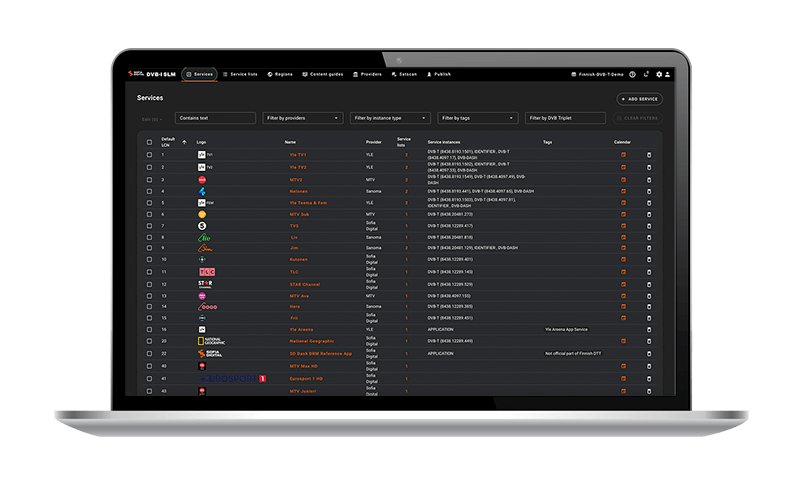
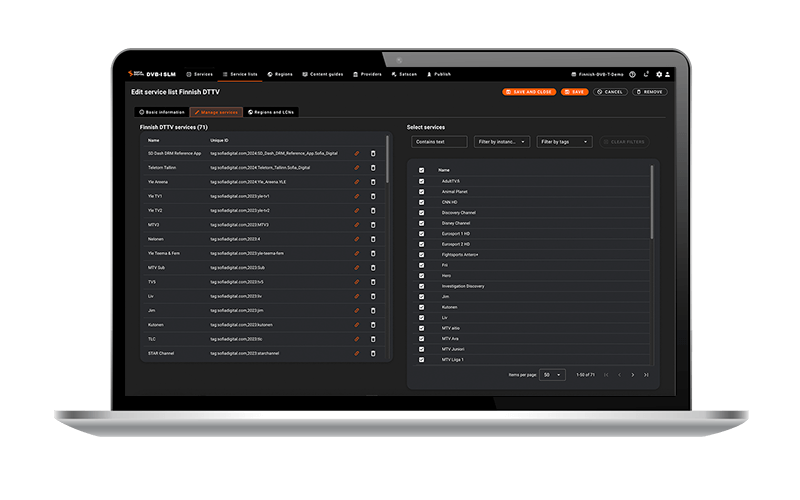
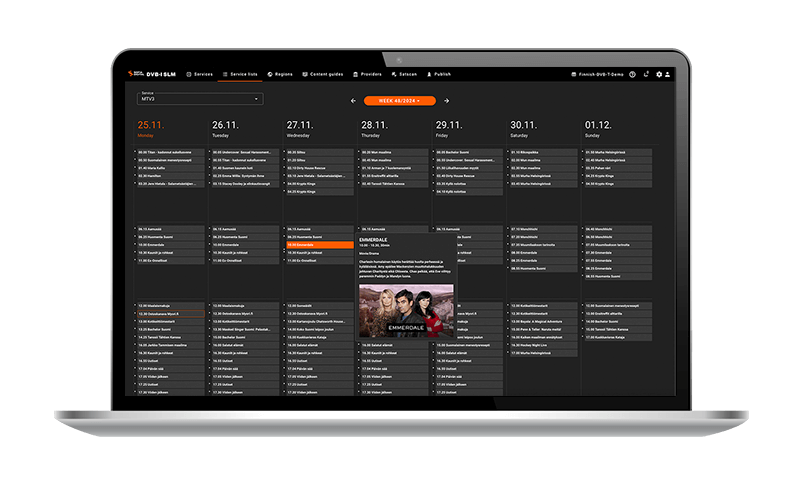
The DVB-I Service Manager is a comprehensive solution for managing DVB-I service lists and metadata, designed to streamline commercial DVB-I operations while ensuring continuity of existing broadcast solutions. It allows for efficient definition, management and integration of DVB-I services, service lists and programming information based on TV-Anytime standards.
DOWNLOAD OUR COMPREHENSIVE DVB WHITEPAPER
DVB is the international open standard for digital broadcasting with over 1 billion compatible receivers deployed. In our free whitepaper you will learn the benefits in switching from a hardware-based head-end to a software solution.
